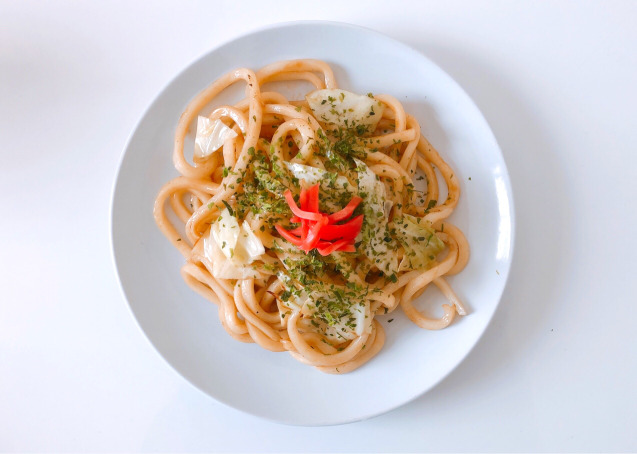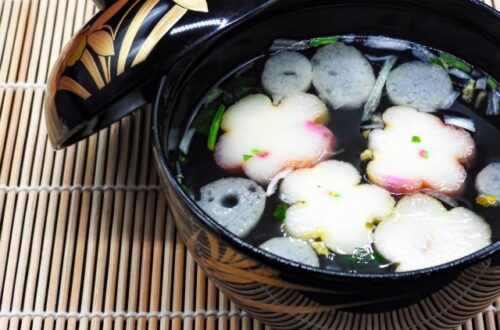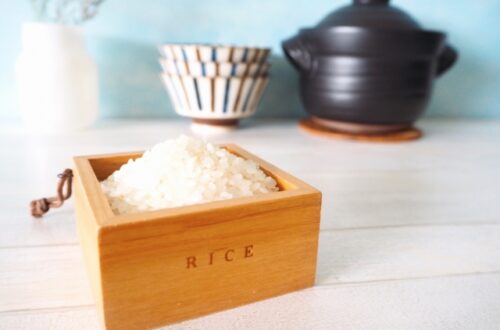
Seaweed laver has lot of umami!Good store method
Seaweed laver is eaten in Asia, and in the UK.
Today I would like to introduce you to some secret of very delicious seaweed laver.
Seaweed laver contains three major umami
Some people translate umami as savory. Umami occurs naturally in many foods, like seaweed, shiitake mushrooms etc.
Seaweed laver has all three umami ingredients, glutamic acid, guanylic acid, and inicic acid! This means that it contains all the ingredients contained in bonito flakes, dried shiitake mushrooms, and kelp. That’s why it’s delicious.
Seaweed laver has two sides
By the way, seaweed laver has two sides. Which do you think is the front?
The smooth side is the front side, so when you make sushi rolls, put the rice on the rough side.
However, some cooks use the reverse of the back and front for their purposes, so neither is correct.
Seasoned laver person? Grilled laver person?
I’m not sure if there are seasoned seaweed laver overseas, but in Japan there are grilled seaweed laver and seasoned seaweed laver. Seasoned seaweed laver is seasoned with broth such as dried bonito and soy sauce. You can buy them in any region, but here are regional differences in which one you prefer. The western area prefers seasoned one, and the eastern area prefers grilled one. Convenience store rice ball seaweed laver may differ between western and eastern Japan.
Type of seaweed laver
There are different types of Japanese seaweed laver. As introduced above seasoned laver and grilled laver. These are in a variety of sizes. There is also dried green seaweed called Aonori, which is often used for okonomiyaki.

The customer staff often asks “Can I sprinkle Aonori?”, But this is not because many people don’t like Aonori, but because it’s easy to get on their teeth. It’s their kindness. If you get Aonori on your teeth during a date, It doesn’t look cool!

How to store seaweed well
There are two tips for preserving seaweed well.
- Don’t return the seaweed laver once taken out of the container!
Don’t return the seaweed laver once it has been taken out of the container. Once removed, the glue absorbs moisture, which also moistens other seaweed laver. - Keep dry
To keep it dry, store it in the refrigerator, or in the freezer for long-term storage. Refrigerated and frozen seaweed laver should be warmed to room temperature before opening. If you open it while it is cold, it will absorb moisture at once.
A brief history of seaweed laver
The history of eating seaweed laver in japan is not clear, but it goes back to 1300 years ago from the literature. It seems that 400 years ago, they used to do things like aquaculture on tree branches.
However, there were many mysteries in seaweed, and people did not know where and how it occurred. You can see that it was a luxury item.
This is similar to the mystery that how does eels are breeding.
An British discovers how to grow seaweed laver
After World War II, it was the British who discovered the mechanism for growing seaweed laver. Based on that mechanism, Kumamoto (in japan) researchers seem to have established aquaculture methods.
Seaweed laver is not only delicious but also nutritious!
Seaweed laver contains folic acid, EPA, and vitamins, and has the effect of preventing anemia and arteriosclerosis. Vitamins are good for your skin and help with skin turnover. Good for both beauty and health.
Let’s eat seaweed laver!
Some people eat anything wrapped in seaweed laver!
Laver is delicious and good for health and beauty! Three birds with one stone! There’s no reason we don’t have it.
Click here for the recipes using seaweed laver.
(The image is the “Okonomiyaki is a Japanese-style pancake”)




